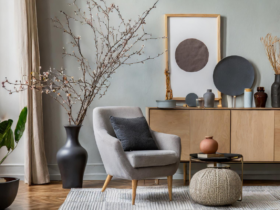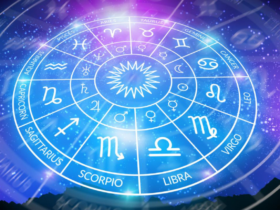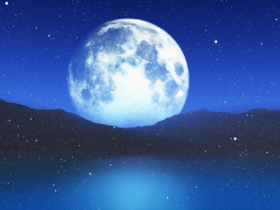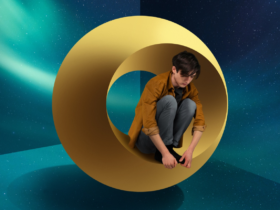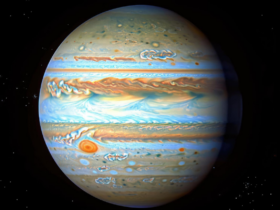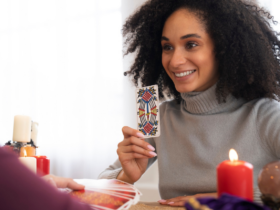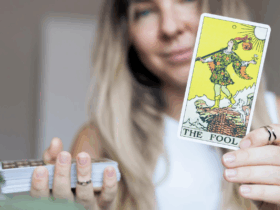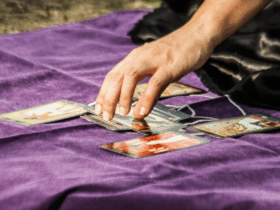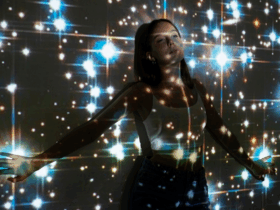The Tarot deck is an ancient and enigmatic tool steeped in mysticism, symbolism, and divination. Comprising a set of 78 cards, the Tarot is divided into two main sections: the Major Arcana and the Minor Arcana. Each card holds unique imagery, symbols, and meanings, contributing to its profound significance in various spiritual and occult practices.
The Major Arcana consists of 22 cards that represent significant life themes and archetypal energies. These cards, from The Fool to The World, portray profound life lessons, spiritual growth, and major events on one’s journey. Each Major Arcana card embodies a powerful narrative and symbolizes fundamental aspects of the human experience.
On the other hand, the Minor Arcana comprises 56 cards divided into four suits: Cups, Pentacles (or Coins), Swords, and Wands (or Rods). These suits reflect everyday situations, emotions, challenges, and actions encountered in life. Each suit consists of ten numbered cards and four court cards, each contributing its unique perspective to the reading.
The variations in Tarot decks are vast, with each deck showcasing distinctive artistic styles, themes, and interpretations. Traditional decks like the Rider-Waite-Smith (RWS) Tarot, designed by Pamela Colman Smith, serve as the foundation for many modern decks. The RWS Tarot features iconic imagery and symbolism, making it a popular choice for beginners and experienced readers alike.
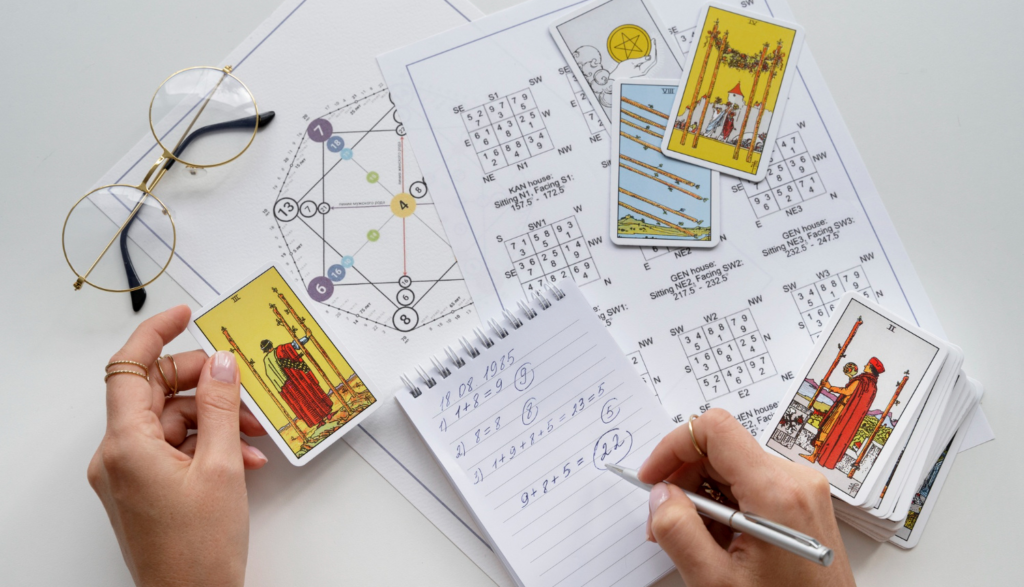
Apart from the RWS, numerous decks have emerged, each with its own cultural influences, artistic nuances, and thematic elements. Some decks focus on specific themes such as nature, fantasy, mythology, or even popular culture. The imagery and symbolism in these decks may deviate from traditional representations, offering readers diverse perspectives and interpretations.
Related: How Tarot Can Help You Set and Achieve Your Daily Goals
For instance, the Thoth Tarot, created by Aleister Crowley and Lady Frieda Harris, incorporates Egyptian and mystical symbolism, providing a deeper, esoteric understanding of the cards. Meanwhile, the Wild Unknown Tarot, designed by Kim Krans, features minimalist yet powerful imagery drawn from nature, connecting the reader to primal and intuitive energies.
Moreover, various artists and creators have reimagined the Tarot, infusing their unique artistic visions into the cards. This has led to decks like the Modern Witch Tarot by Lisa Sterle, which offers a contemporary and inclusive approach to Tarot symbolism with diverse and relatable imagery.
Understanding the different types and styles of Tarot decks allows practitioners to explore diverse perspectives and connect more deeply with the cards’ meanings. Whether drawn to traditional symbolism or modern interpretations, individuals can find a deck that resonates with their spiritual beliefs, intuition, and personal preferences, making the Tarot a versatile and ever-evolving tool for guidance, introspection, and self-discovery.



